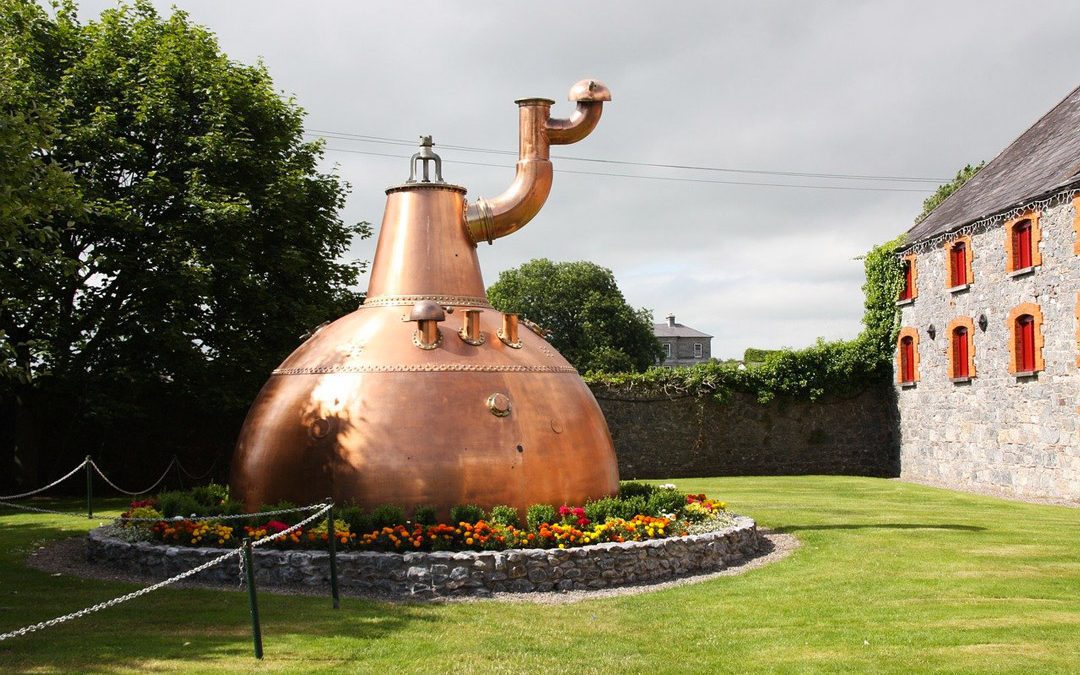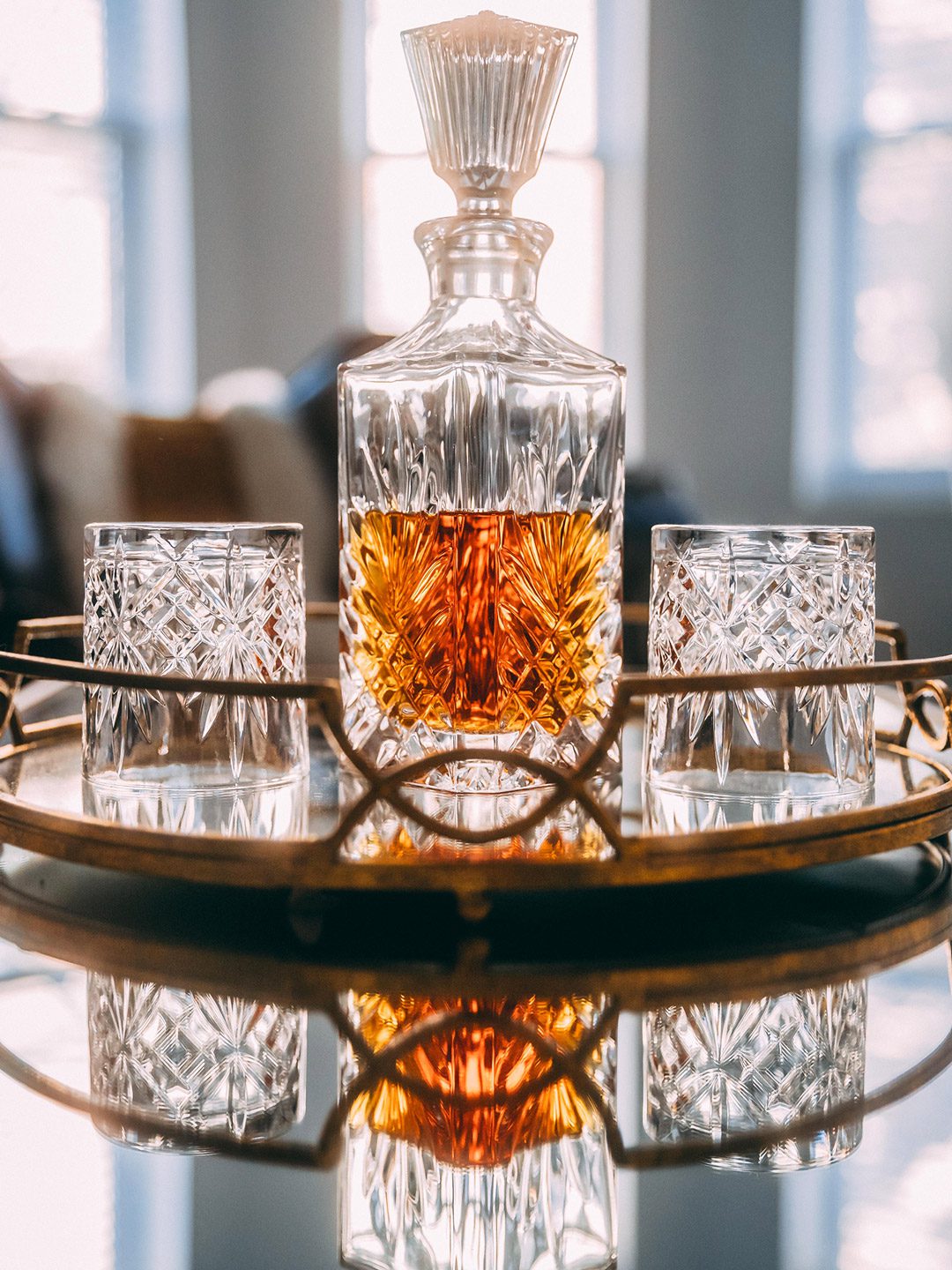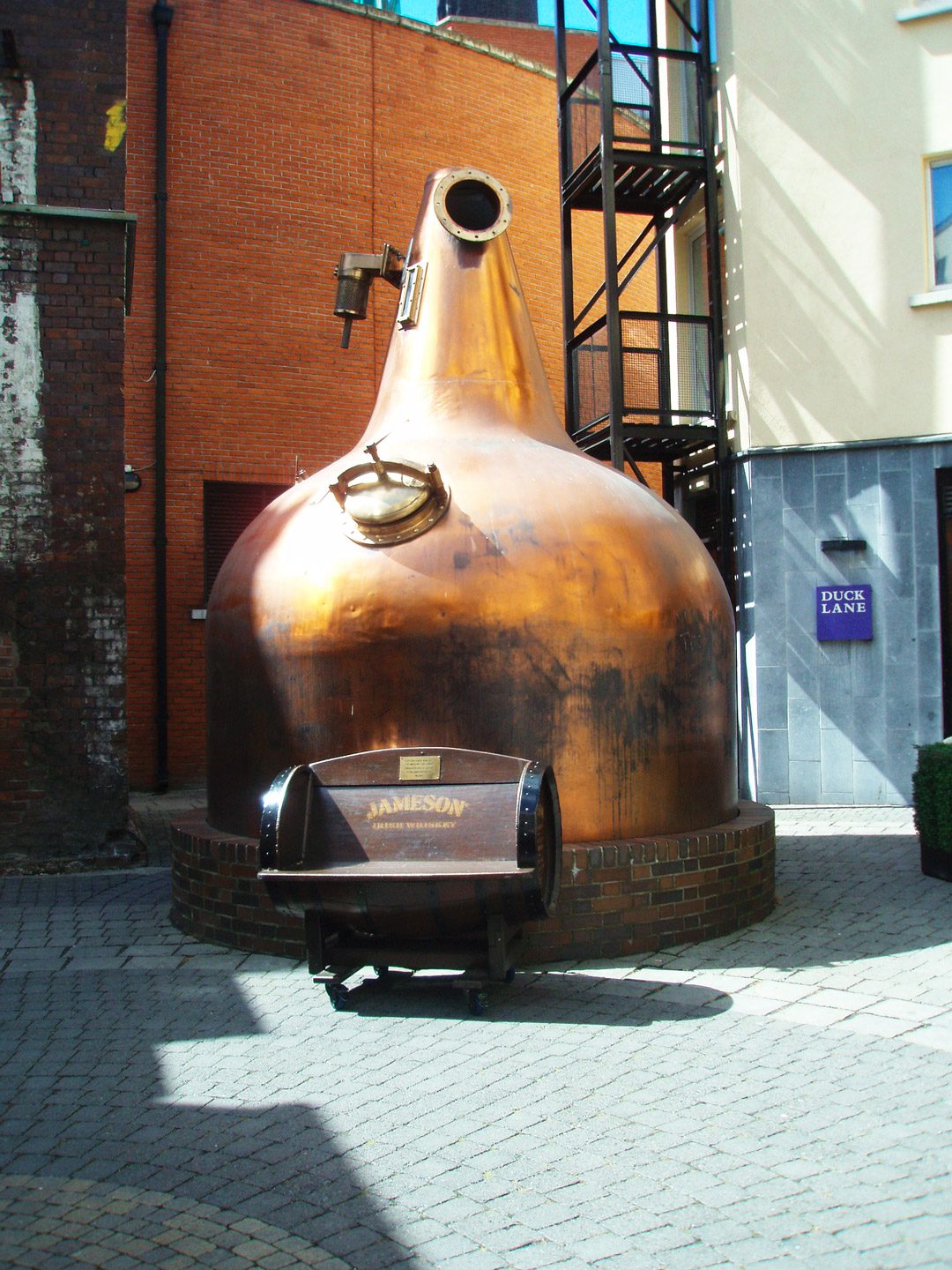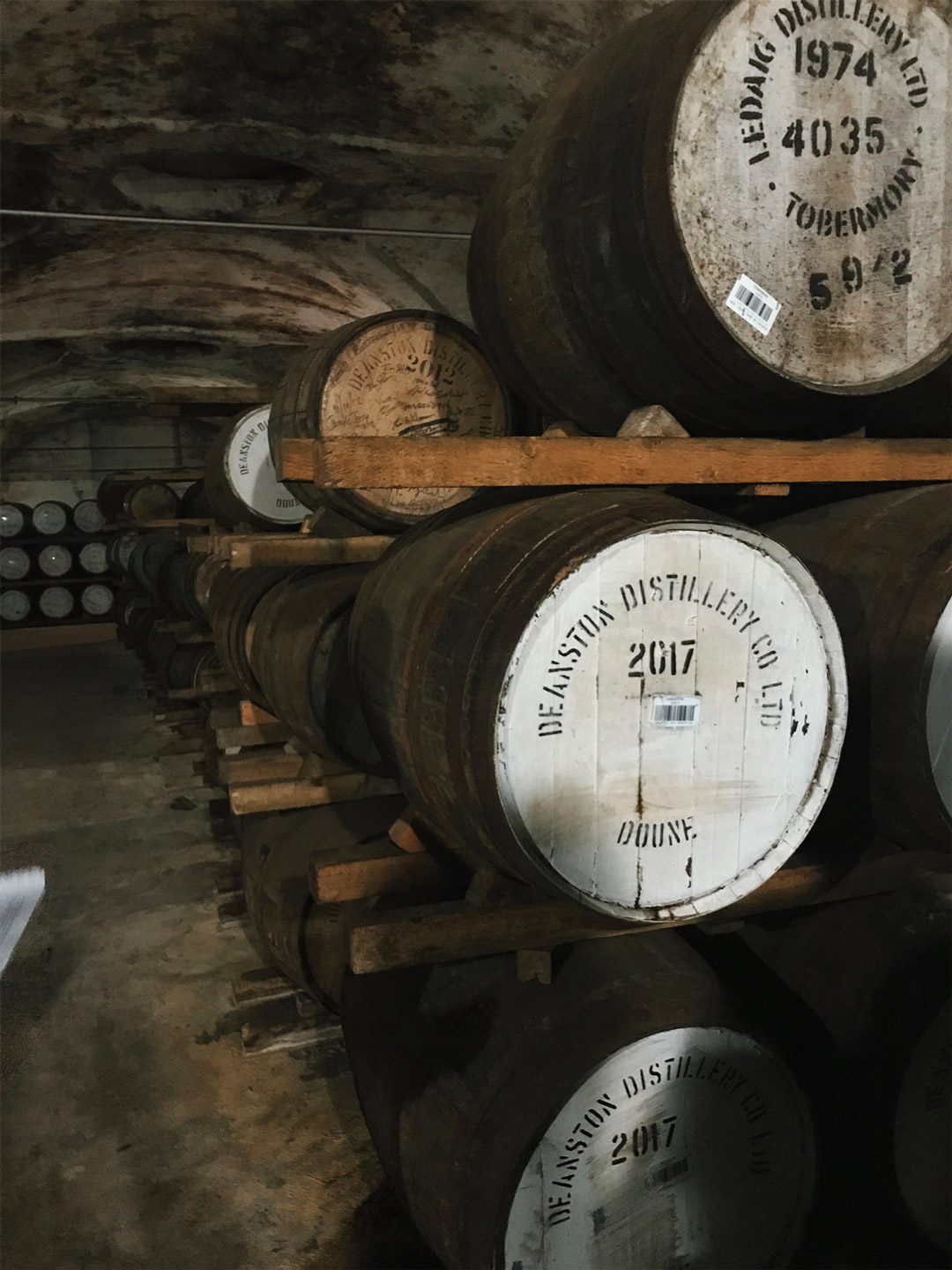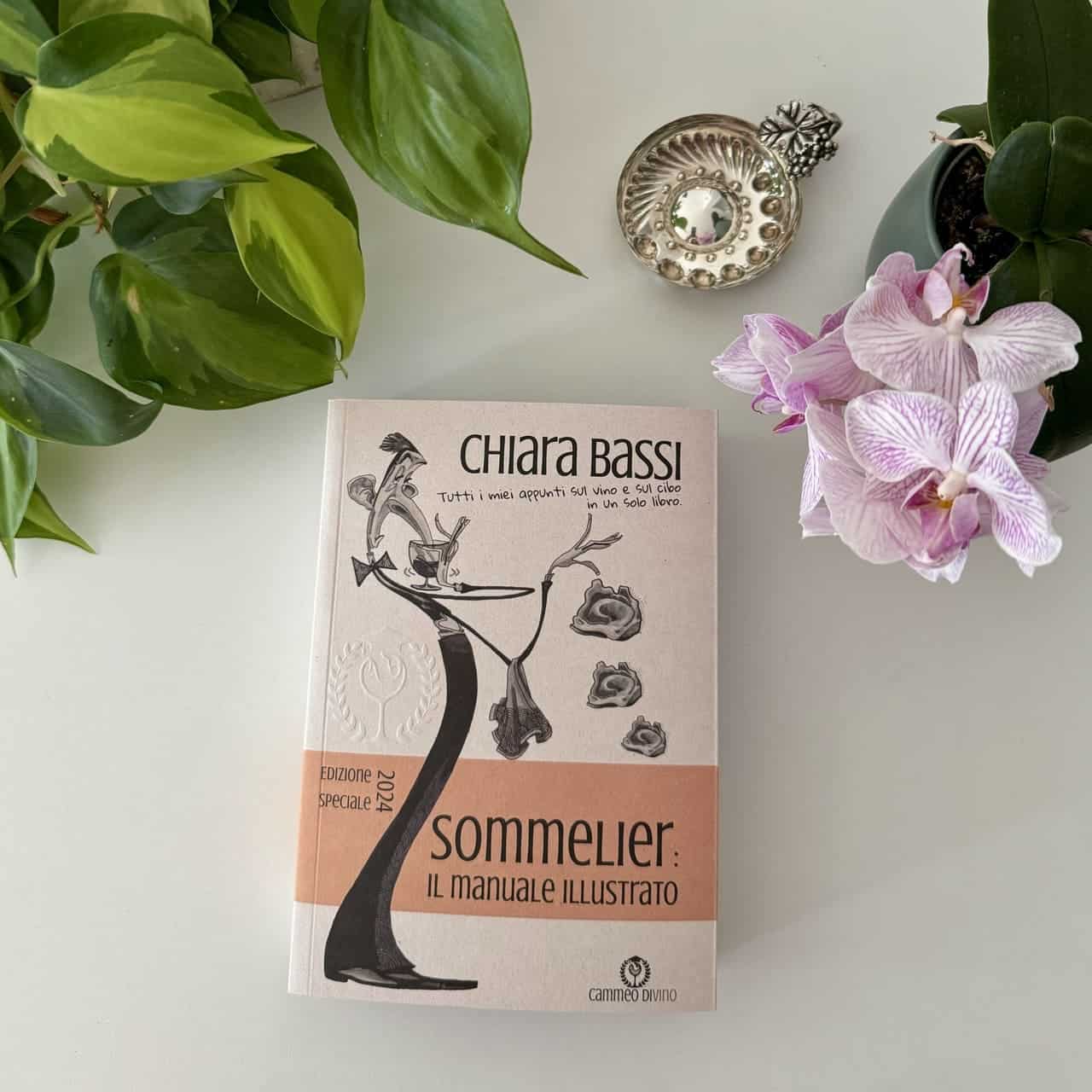I love the distillatesespecially accompanied by a good cigar. A distillate is an alcoholic product derived from the distillation of a fermentable sugary liquid usually of plant origin. The distilling technique was already known to the Babylonians and the ancient Egyptians, who distilled wine and cider, but it was only around the year 1000, thanks to the Arabs who had perfected the alembic, that at the Salerno Medical School alchemists and monks began the first distillations of essential oils and alcoholic liquids and used them mainly as ointments and medicines. The alchemists, in search of the philosopher's stone that would make them rich because they could turn everything they touched into gold, distilled the most varied substances. Then someone discovered that some distillates, rather than curing plagues, were pleasant and gave a little cheer in those dark times. The discovery that ageing in wood improved their quality, led the distillates to rest for a long time in small barrels to enrich their aromas and perfect their harmony.
On the labels of bottles of American spirits, in addition to the obligatory alcohol content, there is sometimes an indication in proof (= proof, degree). This expression derives from the fact that in America, from the time of the conquest of the West, in order to assess the alcoholic degree, some gunpowder was wetted with the drink to be tested and set on fire: if the powder burnt completely, it was proven to be rich in ethyl alcohol and low in water. 1 American proof corresponds to 0.5 % of ethyl alcohol, so a 90 proof distillate contains 45 % of it.
Distillates: production in 4 steps
- Must preparation
- Must fermentation
- Distillation
- Stabilisation
Distillates/1: must preparation
If the distillate is made from fruit rich in simple sugars, all that is needed is to crush the fruit to obtain a sweet juice; in the case of cereals and potatoes (starch, an insoluble and infermentescible complex sugar), enzymes are needed to break down its chains into maltose and transform it into glucose (fermentable). For the enzymes to do their job properly, special temperature and pressure conditions are required (must prepared with hot water or pressure-controlled autoclave processes).
You can now subscribe to my newsletter or scroll down the page to continue reading the article!
Distillates/2: must fermentation
Once the must is obtained, selected yeast cultures are added, the Saccharomyces cerevisiae (saccharomyces), unicellular osmophilic organisms that are very important for fermentation used in bread-making and for wine and beer production. I recommend reading this article on wine yeasts) which, over a period of 3-4 days at 18 - 25°, produce between 5 - 12 % ethyl alcohol and many other secondary substances that are essential for the quality of the distillate, while many others are released directly by the yeast cell.
Distillates/3: distillation
A physical procedure that enables the volatile components of a fermented product to be separated according to their different boiling points with a twofold objective: on the one hand, the ethyl alcohol in the fermented product is concentrated from 5 - 12° % to 65 - 94° %, and on the other hand, the substances that make a distillate valuable are selected and the poor ones are eliminated. There are 2 types of distillation:
- DISCONTINUOUS DISTILLATIONThis is carried out by feeding the boiler intermittently and each load is called a 'crush' and is discharged once it has been used up; the boiler is then refilled with new fermented product. This type of distillation is carried out in pot-bellied, swan-necked copper stills used to produce Cognac, Armagnac, Calvados, Brandy, Grappa and Malt Whisky.
- CONTINUOUS DISTILLATION: made by continuously feeding the boiler with fermented liquor, and the distillate is continuously extracted. It is used for the production of Gin, Brandy, Rum, Tequila, grain Whisky and for the industrial production of Alcohol.
First, distillation separates the volatile fractions, mainly water and ethyl alcohol, from the fixed fractions, such as salts and various organic substances. Next, the ethyl alcohol must be separated from the water and the heads (the lighter compounds) and tails (the heavier compounds), which are unpleasant, must be removed from the hydroalcoholic mixture. If it were possible to obtain 100 % pure ethyl alcohol %, there would no longer be any substances capable of altering the organoleptic profile of the distillate, but its personality would also be nullified. This is why, if the fermented product is rich in valuable perfumed molecules, it must be distilled down to 65 - 72° % ethyl alcohol, an interval within which the specifications of many emblazoned producers have included the limit of alcoholic richness at origin. An excellent product never exceeds 75° %, with the exception of Grappa (86° %), Cognac (72° %) and Scotch Whisky (72° %).
Distillates/4: stabilisation
Before bottling, almost all distillates undergo alcohol reduction, refrigeration and filtration. The reduction in alcohol content is achieved by mixing demineralised water that is absolutely odourless, tasteless and low in mineral salts until the desired alcohol content is achieved.
La REFRIGERATION at - 10°/ -20° for a few hours allows the condensation and precipitation of the heavier substances, which are generally not very noble and sometimes cause turbidity. These are then separated and removed with the FILTRATION through cellulose and cotton filters, microscopic fossils (diatoms) and finely crushed rocks (perlites) or microporous membranes.
Eventually a RETURNS for which the law permits the possible addition of up to 2 % of sugar to give smoothness and amplify aromatic persistence.
Some claim that the addition of sugar also serves to mask poor distillates, but this is false as adding it would also enhance the defects. Furthermore, the addition of caramel or burnt sugar influences the colour to the point of making even young spirits appear aged, but often brings unpleasant flavours and retronasal sensations.
Distillates: composition
Water 40 – 64 % Alcohol 30 – 60 % Sugar < 20 g/l
- Methanolmore volatile and maltolerated by the human body (limited to 1% of the total ethyl alcohol);
- Higher alcoholsThey are often fragrant but sometimes give medicinal notes and must be limited;
- Foreign: floral notes of lily of the valley and lilac, fruity notes of apple, pear, banana, peach, exotic fruits, dried fruits... (distillates aged for a long time in casks or decades in bottles);
- Aldehydesvery numerous. Syringic (pleasant and persuasive), acetaldehyde, valeric (herbal notes)... unsaturated aldehydes can give unpleasant odours;
- Ketones: slightly present (butter aroma) may be responsible for not too fine notes;
- Terpenes e Pyrazineprimary eau-de-vie aromas because they derive directly from the fruit used. Of these, the most famous are those of the Muscat, Gewurztraminer and Williams pear grapes.
I sincerely hope you enjoyed and found this insight useful. If you have any questions or insights, leave me a comment by scrolling down the page!
Cheers 🍷
Chiara

